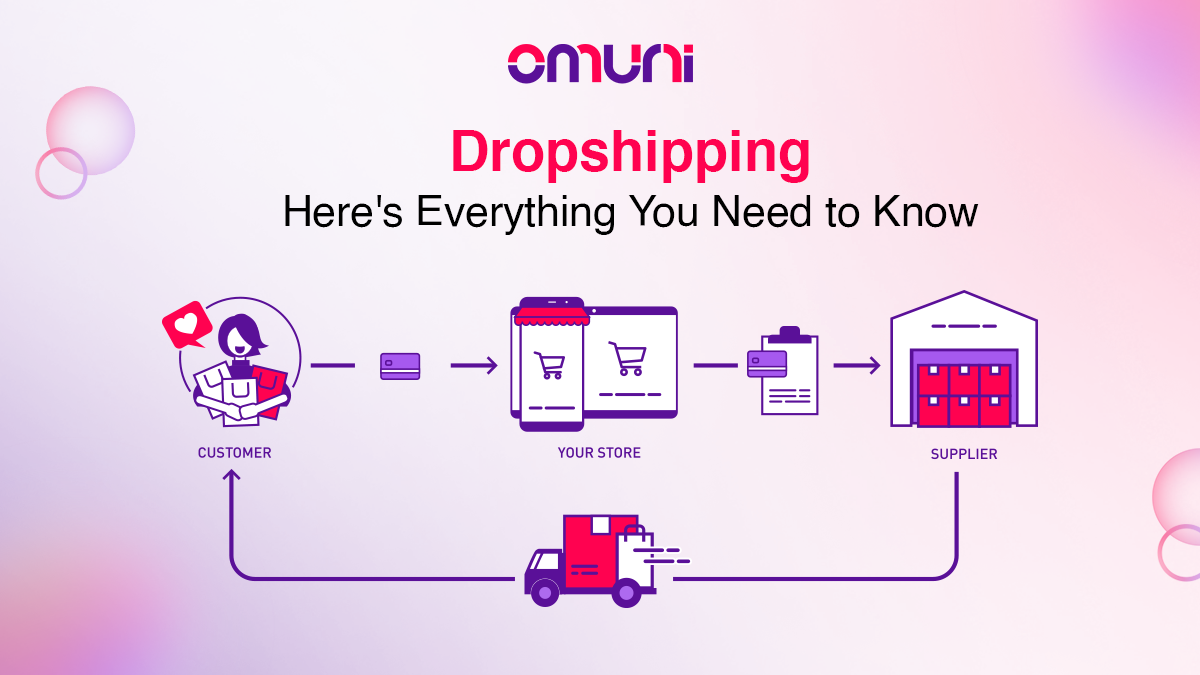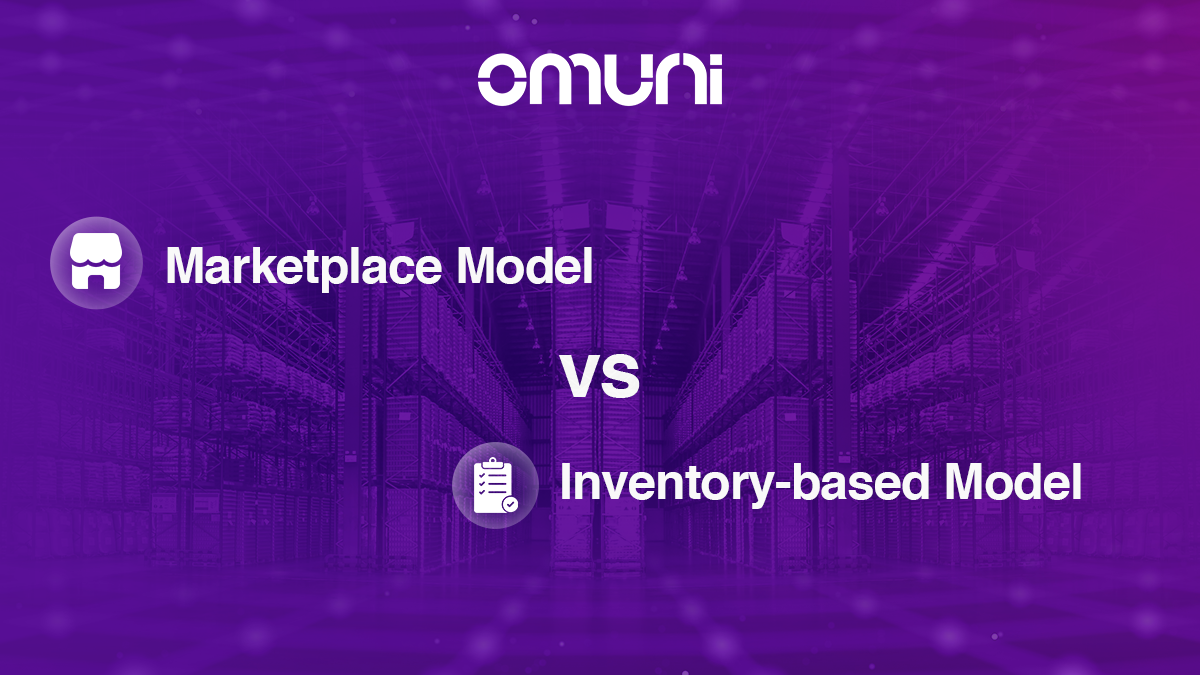What is Inventory: Best Tips for Managing it Efficiently
For businesses, inventory is the most valuable investment, bringing in the most profit. Every brand must invest very carefully in the amount of inventory it holds because businesses feel strained when they see their inventory moving slower than expected.
According to a report, a business has to spend 20% to 30% additional cost if they maintain inventory over ideal levels. Therefore, the most challenging part of running a successful business is figuring out how to distribute inventory in the best way to make the most money.
Inventory must be managed efficiently to achieve high sales and a quick turnaround. This article will take you through everything you need to know about inventory, its types, and how to manage it best.
Key Takeaways:
- Inventory is the products, goods, merchandise, etc., that a company owns to sell in the market for a profit.
- The five types of inventory include raw materials, work in progress, finished goods, maintenance inventory, and buffer inventory.
- Inventory management is the process of ordering, stocking, and using inventory for a business. Effective management of inventory allows you to minimize costs and operate efficiently.
What is Inventory?
Inventory is the products, goods, merchandise, etc., that a company owns to sell in the market for a profit. In retailing, inventory refers to a brand’s stock across all its touchpoints, like stores and warehouse networks.
For any e-commerce or retail brand, selling inventory is the primary way to make money and generate revenue. Therefore, to keep the business’s ability to fulfill orders in check, it is essential to keep track of inventory in the best way possible.
Types of Inventory
Before understanding how to manage inventory efficiently, it is crucial to know how many types of inventory there are. While there are numerous types of inventory, the five major ones are raw materials, work in progress, finished goods, maintenance inventory, and buffer inventory.
Raw Materials
The materials that a business uses to produce finished goods are known as raw materials. The raw materials are usually indistinguishable from the finished product when the manufacturing is completed.
It is to be noted that the management of raw materials is done in manufacturing businesses. Manufacturing is only sometimes a part of e-commerce or retail, so raw materials aren’t managed in those industries.
Work in Progress
Work in progress is when raw materials have been processed but have yet to be turned into finished goods. This type of inventory is on the production floor and consists of half-assembled products.
This includes raw materials, packaging materials, and other items that still need to be ready for sale. This inventory is also known as work-in-process inventory.
Finished Goods
Finished goods are products that have completed their entire manufacturing lifecycle and have passed quality checks. This type of inventory consists of final products and is now ready to sell.
Finished goods are stored in warehouses and retail stores until they are shipped or sold.
Maintenance Inventory
This inventory is also known as MRO inventory, i.e., maintenance, repair, and operating supplies. MRO inventory is relevant primarily in manufacturing industry and includes products like lubricating oil, nuts and bolts, ball bearings, coolants, helmets, gloves, etc.
This type of inventory is generally used to maintain the machines and equipment used in the manufacturing process.
Buffer Inventory
Buffer inventory is the one that businesses keep to meet any kind of future uncertainty. This inventory is also known as ‘safety stock,’ as it is held above the current requirement to cushion unexpected issues or demands.
Buffer inventory ensures the smooth running of business and cash flow. However, keeping buffer stock costs businesses extra money.
Tips To Manage Inventory Effectively

Inventory management is the process of ordering, stocking, and using inventory for a business. Effective management of inventory allows you to minimize costs and operate efficiently.
Below are the top 5 tips for effectively managing your inventory to increase profits and manage cash flow.
Track Inventory Regularly
It is vital to regularly review your inventory levels and make adjustments while ordering new inventory. This helps prevent stock shortages as well as overstocking.
It is to be noted that complete inventory product information records, like SKUs, barcodes, lot numbers, etc., should be maintained.
Practice 80/20 Rule
It is estimated that 80% of a brand’s business comes from 20% of its stock. Therefore, it is crucial to prioritize managing that 20% inventory so that a significant chunk of your sales are always met.
To follow this rule, it is necessary to have clarity of complete sales, including daily sales, sales per week, sales per month, etc.
Implement Just-In-Time (JIT)
A just-in-time (JIT) system is one that orders inventory as needed. It keeps just enough inventory to fulfill customer orders while maintaining inventory levels low.
A sound JIT system reduces the cost of keeping inventory and the risk of running out of stock. It also boosts the company’s ROI and increases operational efficiency.
Utilize Inventory Management Technology
Managing inventory while the business is small is doable. But as a business grows, keeping track of inventory gets harder and harder, and the chance of running out of stock increases manifold.
Partnering with a good inventory management provider can make or break your business. Before choosing any solution, it is important to understand your requirements and their capabilities.
Utilize Forecasting Methods
Forecasting methods such as trend analysis, qualitative forecasting, seasonal forecasting, historical forecasting, etc., can be great tools for predicting future inventory needs. You should deploy them strategically to make adjustments while ordering inventory.
Conclusion
Inventory is an essential aspect of business operations, and effective inventory management is crucial for a successful business. A business can maintain an optimal balance between the risk of stock shortage and the cost of holding inventory by regularly tracking inventory, implementing a JIT system, utilizing technology, deploying forecasting methods, and utilizing inventory management technologies.
Frequently Asked Questions (FAQs)
The primary purpose of inventory management is to create an optimal balance between the risk of stock shortage and the cost of holding inventory.
There are many benefits of managing inventory effectively:
Improved warehouse organization
Improved accuracy of ordering inventory
Save time and money
Improved customer retention and engagement
Inventory planning is determining the best quantity and timing of inventory to match sales and production capacity.



